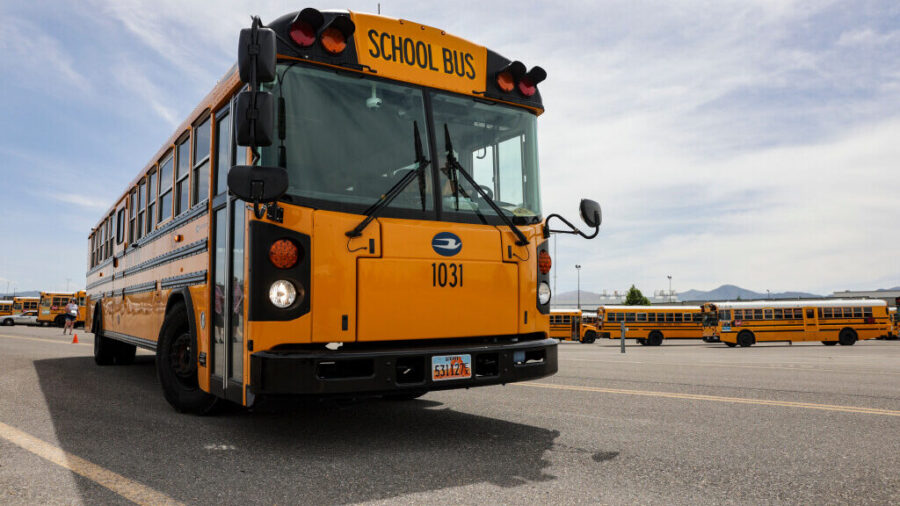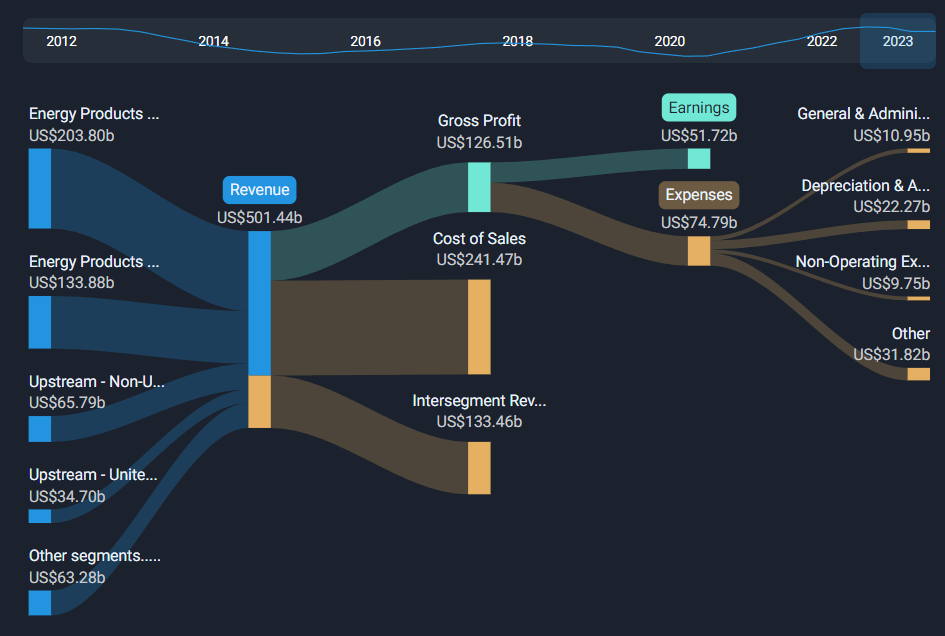Wallet-Saving Secrets: Mastering Back-to-School Shopping Without the Financial Stress

Back-to-School Shopping: How to Navigate the Financial Squeeze
As students return to classrooms across the country, parents are bracing for the annual back-to-school spending surge that can put a significant strain on household budgets. This year, the financial pinch feels particularly sharp, with inflation and rising costs adding extra pressure to already stretched family finances.
The National Retail Federation estimates that families will spend an average of $697 per student on school supplies, clothing, and electronics—a number that can quickly escalate for families with multiple children. From trendy backpacks and the latest tech gadgets to essential classroom supplies, the expenses can add up rapidly.
Smart shoppers are finding creative ways to manage these costs. Comparing prices online, taking advantage of tax-free shopping days, and buying supplies in bulk can help families save money. Secondhand stores, discount retailers, and early sales events are becoming go-to strategies for budget-conscious parents looking to ease the financial burden.
While the back-to-school season can be financially challenging, strategic planning and smart shopping can help families navigate these expenses without breaking the bank. The key is to start early, compare prices, and prioritize essential items over trendy extras.








